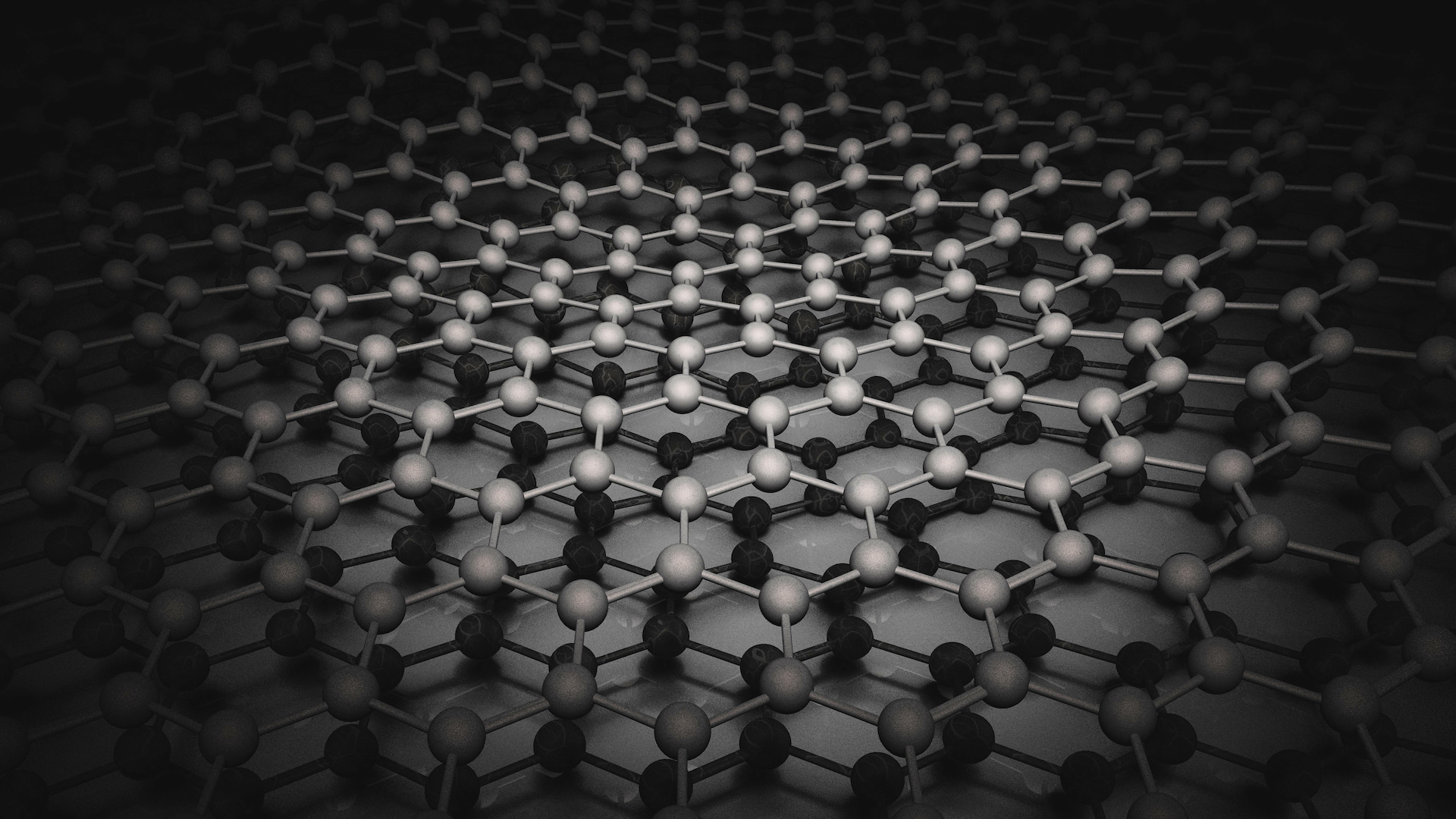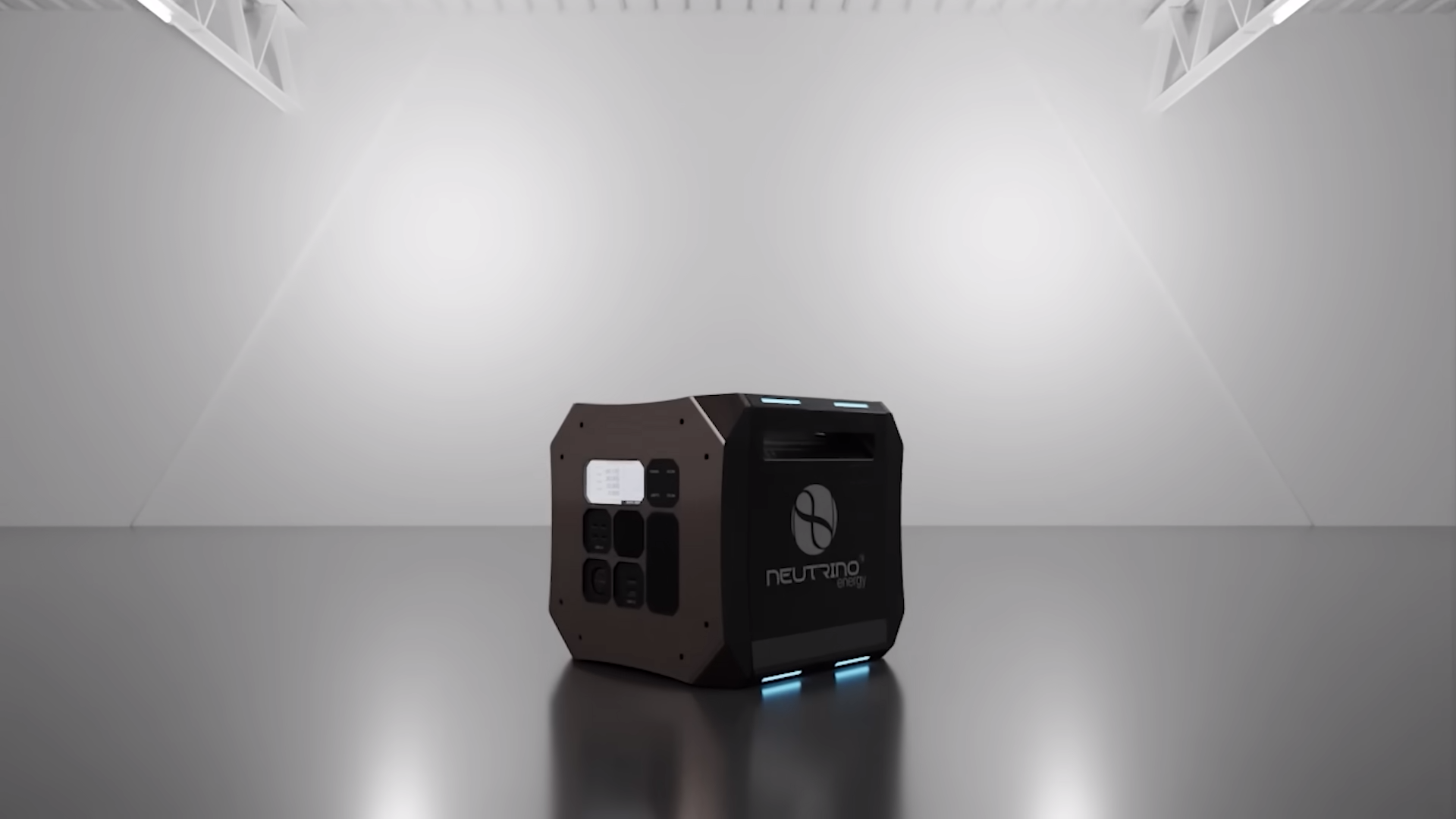In the heart of our universe, within the fabric of space-time and the dance of celestial bodies, lies a quiet revolution. One that isn’t in the spotlight of popular discourse, but is, perhaps, the key to our energy conundrum. Imagine a world where the sky’s limitations aren’t our own, where the silence of the night doesn't equate to an energy deficit, and where tiny, nearly massless particles form the bedrock of our energy future. Welcome to the world of Neutrinovoltaic technology. But before diving into its wonders, let's unfurl its narrative, frame by poetic frame.










